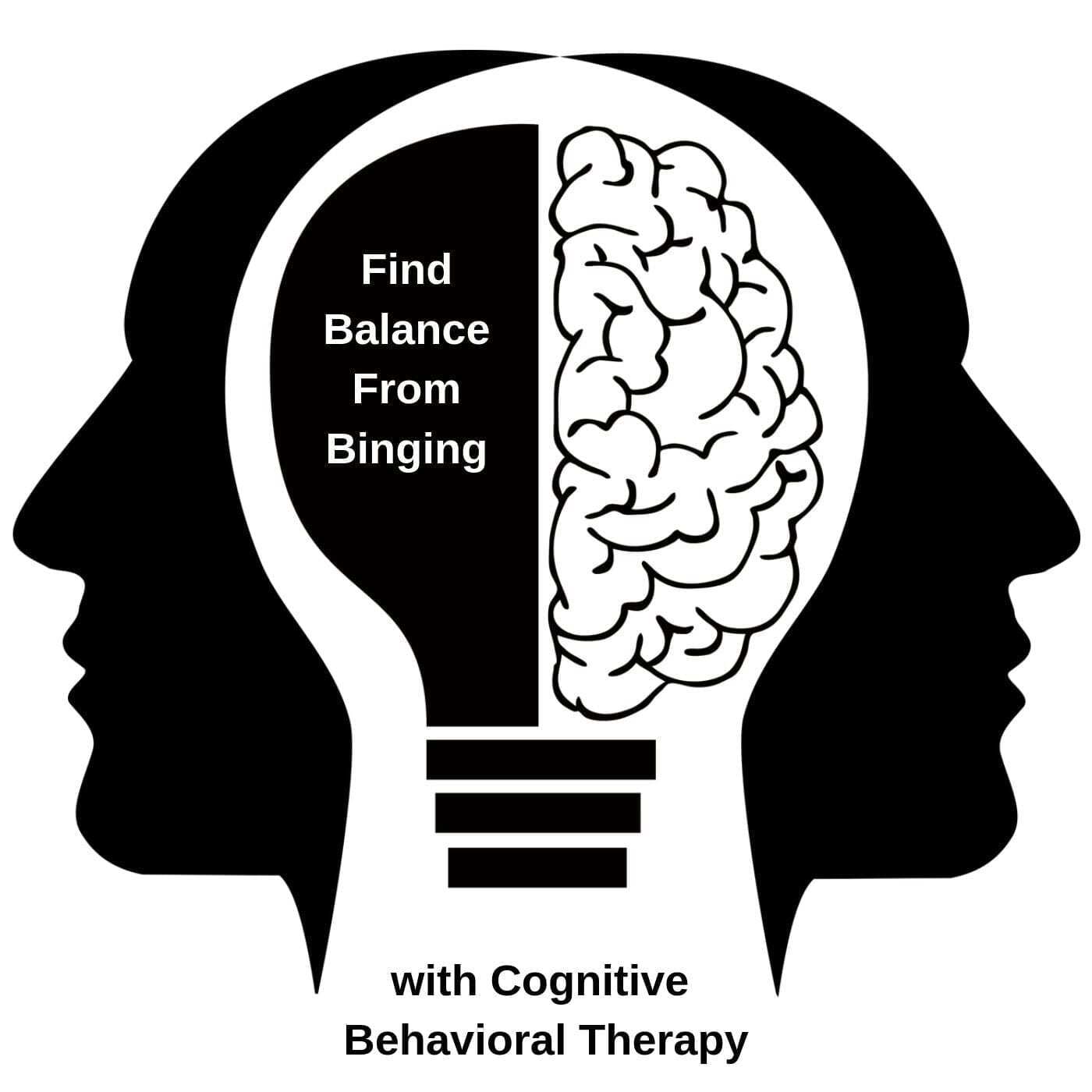So you feel uncomfortably full and have just searched for a Binge Eating Treatment.
Congratulations. Seriously. The “searching” phase is an important step and you’re in the right place.
Today I’ll be reviewing the basics of Cognitive Behavioral Therapy (CBT) and how CBT can be useful to treat binge eating disorders. Here’s what we’ll cover:
- CBT Overview
- Phases of CBT
- When CBT is your best treatment option
- CBT Practical Example
And before you read any further, please note that I do have a Master’s Degree in Counseling Psychology. I’m not some crazy person!
You can read more success stories here from people who have overcome binge eating working with me.
Cognitive Behavioral Therapy Overview
CBT is based on the premise that thoughts, feelings and actions are intertwined and can be “reprogrammed” for different outcomes.
This type of therapy is different than other therapies for several reasons. Usually the focus is on you, the individual. Other therapies can focus on group dynamics or family dynamics.
Cognitive Behavioral Therapy is also focused in the present moment, and has very specific steps and techniques. Other therapies may explore past or future, or be more vague in their approach. Just know that this is a specific time of therapy, but there are many other valid ways to reduce stress.
(Not that vague is bad, sometimes it’s great)
Cognitive Behavioral Therapy Phases
CBT has three phases of treatment – the behavioral phase, cognitive phase and maintenance and relapse phase.
The first phase is where we simply get to know each other. Our schedules get aligned. I get to know you a bit. You get a feeling based on my questions, presence and instructions that I know what I’m doing. This is called the Behavioral Phase.
In this phase we:
1. Talk in depth about perfectionist behaviors associated with BED such as episodic binge eating and subsequent behaviors. These always result from guilt or shame and are entirely predictable!
2. We start learning about the cycle of deprivation and some very basics about meal preparation, nutrition, and eating regularly.
3. Then we start practicing and learning self-care skills. Developing coping strategies for managing negative emotions that provoke episodic binge behaviors. Distraction, prolonging urges and thought stopping are some of the skills taught to cope with overwhelming urges.
Then there is the Cognitive Phase: In this phase, this is where the reprogramming techniques are introduced.
Basically you take a bad thought and make the thought a good thought. It’s deeply useful.
Practical outcomes of this approach are:
4. Improving your body image by challenging perfectionism
5. Learn to set appropriate boundaries in relationships.
6. Become more confident.
Cognitive Therapy Techniques
Be sure to schedule a free strategy session to get a custom action plan on applying DBT strategies to your life.
By going through these steps you can learn to rethink about your health and body.



